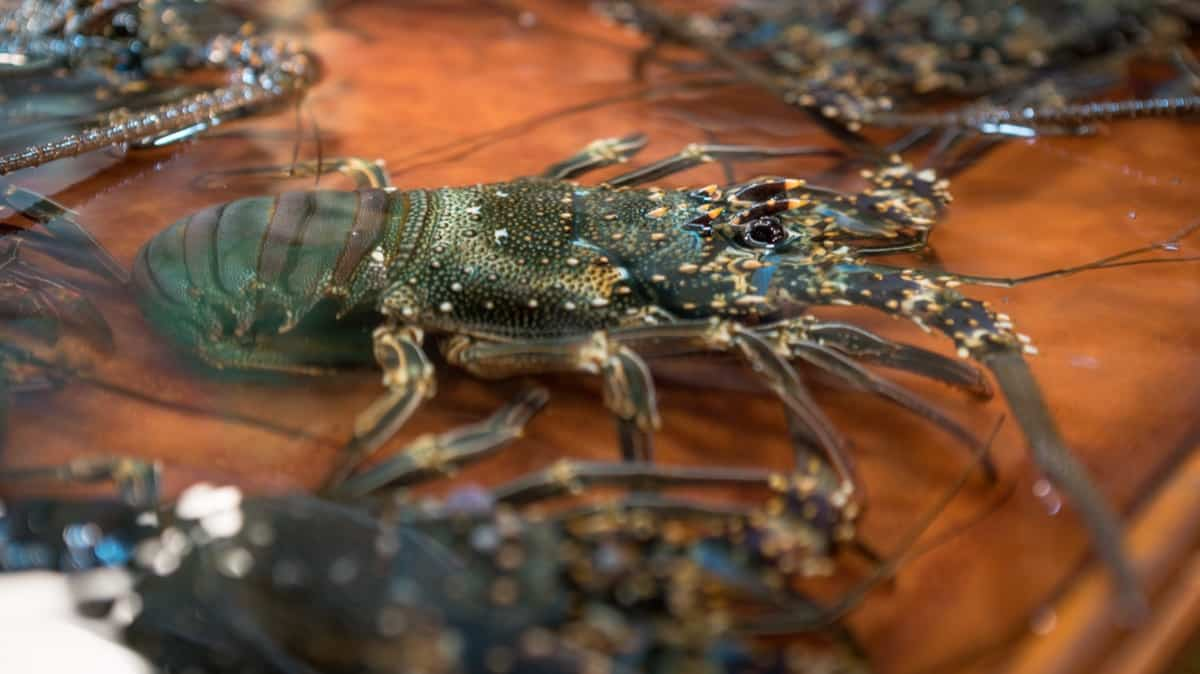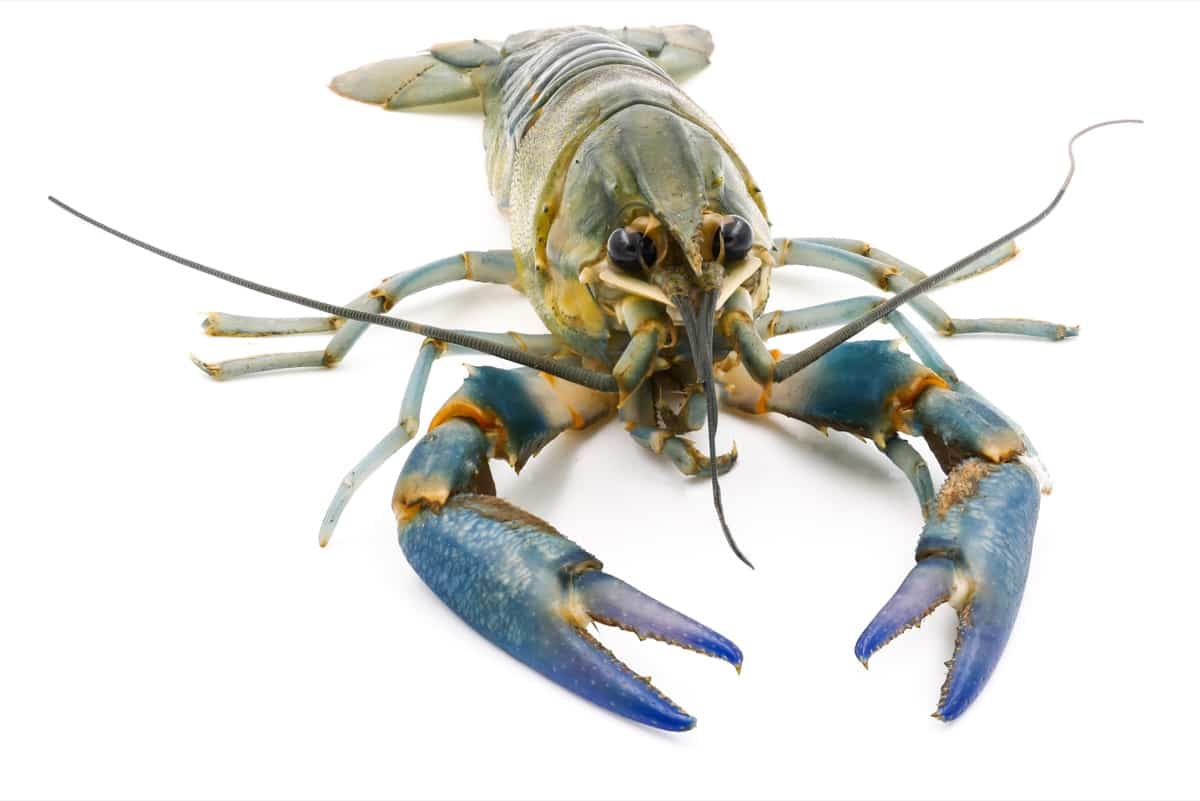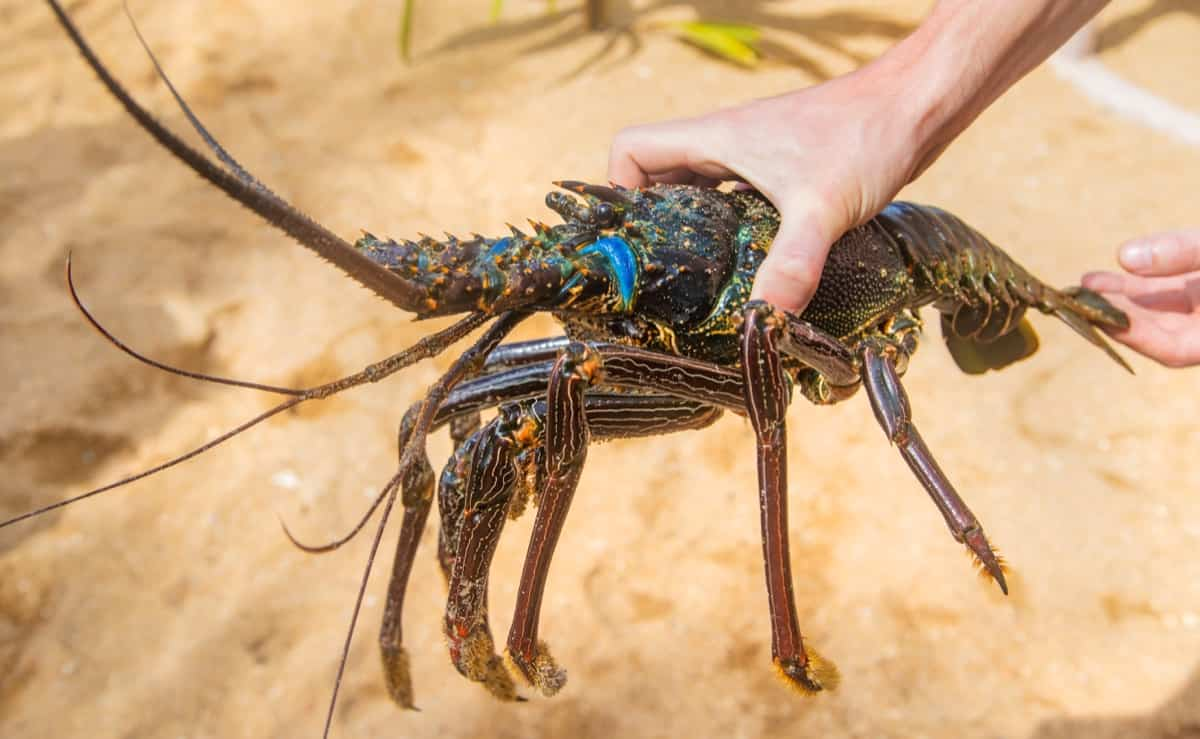When the topic of aquaculture arises, certain sea creatures like shrimps, oysters, or fish typically come to mind. Lobsters, with their exotic allure and high market value, seem to be a less frequent subject of discourse, mainly due to the numerous challenges associated with lobster farming.

However, the growing demand for lobsters worldwide and declining wild stocks have increased interest in lobster farming. This has led to innovative methods of lobster production and a more practical approach to overcoming the existing barriers. This article will guide you through developing a lobster farming business plan and help you understand the complexities and potential of the industry.
Lobster Farming Business Plan
Understanding the Concept of Freshwater Lobster Farming
Freshwater lobster farming involves the breeding and raising lobsters, particularly species that can thrive in freshwater environments, as a form of aquaculture. Despite the common conception, not all lobsters are purely marine organisms. Some species, such as the Australian Red Claw and the Marron, are freshwater crustaceans that closely resemble the lobsters from the ocean.
These species are great for inland farming because they can handle various water conditions, are resistant to diseases, and can be farmed in high-density settings. As an entrepreneur, starting lobster farming with these species in controlled conditions can be a profitable venture.
Is Lobster Farming Profitable?
At this point, you might be wondering: Is lobster farming profitable? The answer isn’t as simple as a yes or a no. Lobster farming has the potential for high profitability due to the impressive market demand and premium prices for the product. However, profitability ultimately depends on a series of variables, including the species of lobster you are farming, the efficiency of your farming methods, and the prevailing market conditions.
It’s important to note that the primary costs involved in lobster farming include the setup and maintenance of the farming facility, purchasing of broodstock or juveniles, feed costs, and operational costs, including labor and utilities. By optimizing these elements and ensuring a healthy growth rate and survival rate of your lobsters, you can work towards a profitable lobster farming venture.
Why Is Commercial Lobster Farming Unsuccessful?
Many commercial lobster farming ventures have faced obstacles, leading to the general belief that lobster farming on a commercial scale is largely unsuccessful. The reasons are multiple and often interconnected. Lobsters have a complex life cycle with several larval stages, each of which has unique requirements for survival. In the wild, the survival rate of larvae is quite low, and replicating the necessary conditions for each stage in captivity is challenging.
Furthermore, lobsters are known to be highly cannibalistic, especially in their juvenile stages, which leads to significant losses in a high-density farming environment. Also, the slow growth rate of lobsters, taking up to 5-7 years to reach marketable size in some species, often poses a financial challenge for farmers. Lastly, the risk of diseases, high investment costs, and the necessity for advanced technical knowledge all contributed to the perceived unsuccessfulness of commercial lobster farming.
Lobster Farming in Tanks: A Modern Approach
While traditional lobster farming methods might have seen limited success, modern approaches like lobster farming in tanks or Recirculating Aquaculture Systems (RAS) offer renewed possibilities. Tank-based systems, especially with advanced filtration and water treatment technologies, can create a more controlled and optimized environment for lobster growth. Lobster farming in tanks uses a closed-loop system, where the water is continuously cleaned and re-circulated.
In case you missed it: Sustainable Shrimp Farming: The Future of Seafood Production

This system provides a more biosecure environment, reducing disease risk and allowing for a higher density of lobsters to be farmed. Moreover, tank-based farming allows for the separation of lobsters at different growth or aggression levels, mitigating the issue of cannibalism. The ability to control and monitor the farming environment closely in tank-based systems also makes it easier to optimize conditions for each life stage of the lobster, enhancing survival rates and growth.
Starting Lobster Farming: The Initial Steps
Starting a lobster farming venture requires a well-researched and carefully planned approach. First and foremost, it’s crucial to understand the specific species of lobster you intend to farm. Each species has unique water temperature, salinity, pH, and diet requirements. Understanding these needs is the first step toward creating an optimal environment for your lobsters.
Secondly, market research is of utmost importance. Study the existing market for lobsters, understand the demand-supply dynamics, and identify your potential buyers. Remember that the high price of lobsters makes them a luxury item, so your market will typically be high-end restaurants, hotels, or export markets.
Thirdly, develop a clear business plan. This should include your startup costs, operational costs, projected income, and business strategies. Factor in the costs of setting up the farming facility, purchasing your initial stock, feed costs, utilities, and labor. At the same time, try to project your income based on your product’s expected growth rate, survival rate, and market price.
Methods of Lobster Production
Lobster production in a farming context primarily involves three stages: hatchery, nursery, and grow-out. In the hatchery phase, mature lobsters, known as broodstock, are kept in controlled conditions to encourage spawning. The eggs, once hatched, go through several larval stages. This is the most critical and technically demanding phase of lobster farming, requiring close monitoring and control of water quality, temperature, and diet.
The nursery phase starts once the lobsters metamorphose into the post-larval stage, resembling small adults. At this stage, they are moved to separate tanks where they are less vulnerable and can be raised to higher densities. They remain in the nursery until they reach the juvenile stage, where they can be transferred to the grow-out facility.
The grow-out phase is the final stage, where lobsters are raised until they reach a marketable size. This stage requires a lot of space and resources, as the lobsters need to be given enough room to grow without resorting to cannibalism. As in the previous stages, constant monitoring of water conditions, disease management, and feeding are key aspects of this phase.
In case you missed it: Key Rules to Successful Fish Pond Management: Water Quality to Feeding

Conclusion
To wrap up, starting a lobster farming business is a venture with considerable potential but also demands substantial resources, technical knowledge, and patience. Modern farming methods, such as tank-based farming, have made it easier to overcome traditional barriers in lobster farming, making the enterprise more attainable.
- Feed Your Flock for Less: Top 10 Tips to Save on Chicken Feed
- Ultimate Guide to Ossabaw Island Hog: Breeding, Raising, Diet, and Care
- Hatching Answers: The Top 10 Reasons Your Chickens Aren’t Laying Eggs
- Eggs and Economics: Breaking Down the Cost of Raising Backyard Chickens
- Defend Your Greens: Proven Methods to Keep Iguanas Out of Your Garden
- Ultimate Guide to Cinnamon Queen Chicken: A Comprehensive Guide for Beginners
- Ultimate Guide to California Tan Chicken: Breeding, Raising, Diet, Egg-Production and Care
- Ultimate Guide to Marsh Daisy Chicken: Breeding, Raising, Diet, and Care
- 10 Types of Chicken Farming Businesses You Can Start for Profits